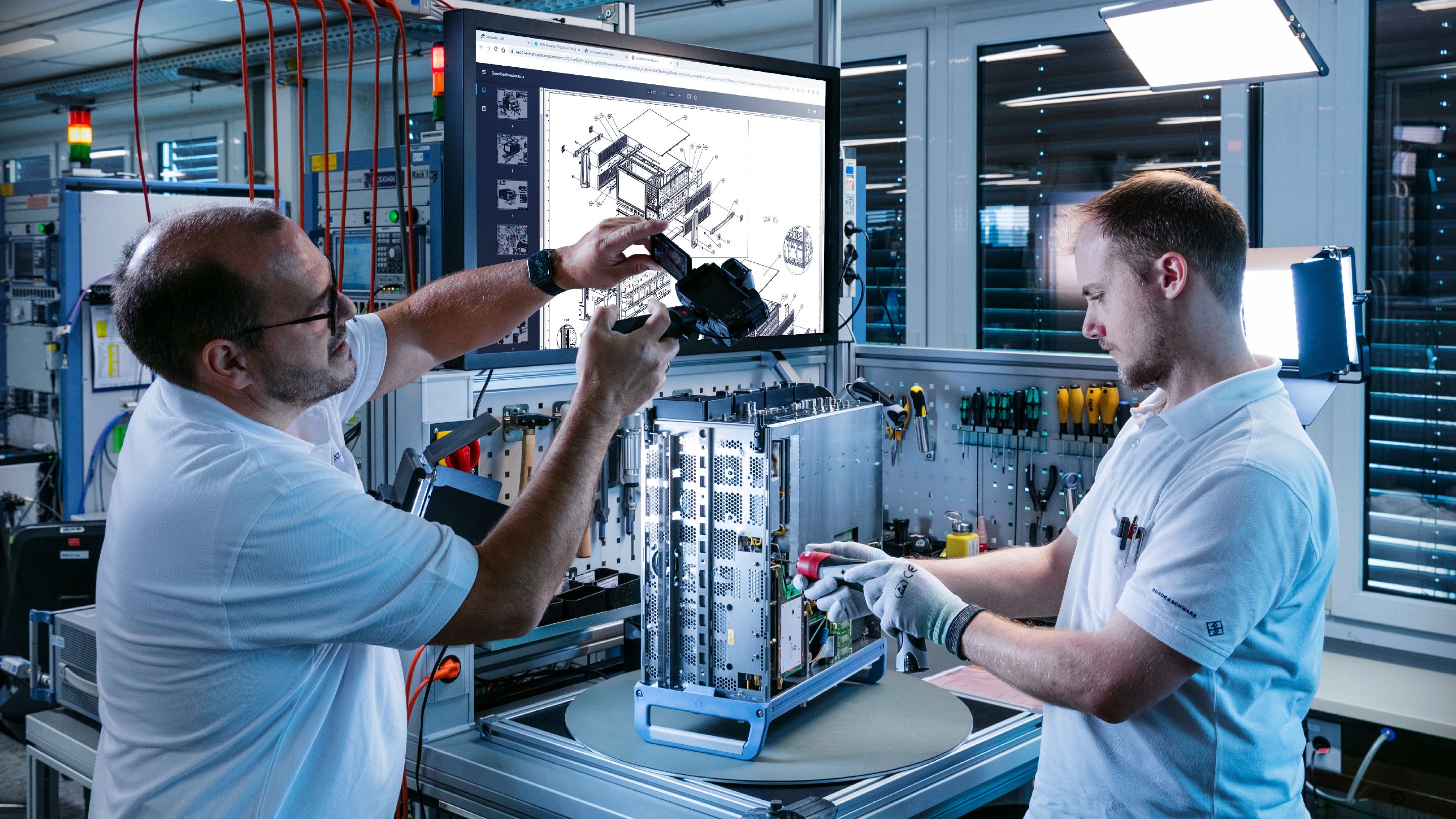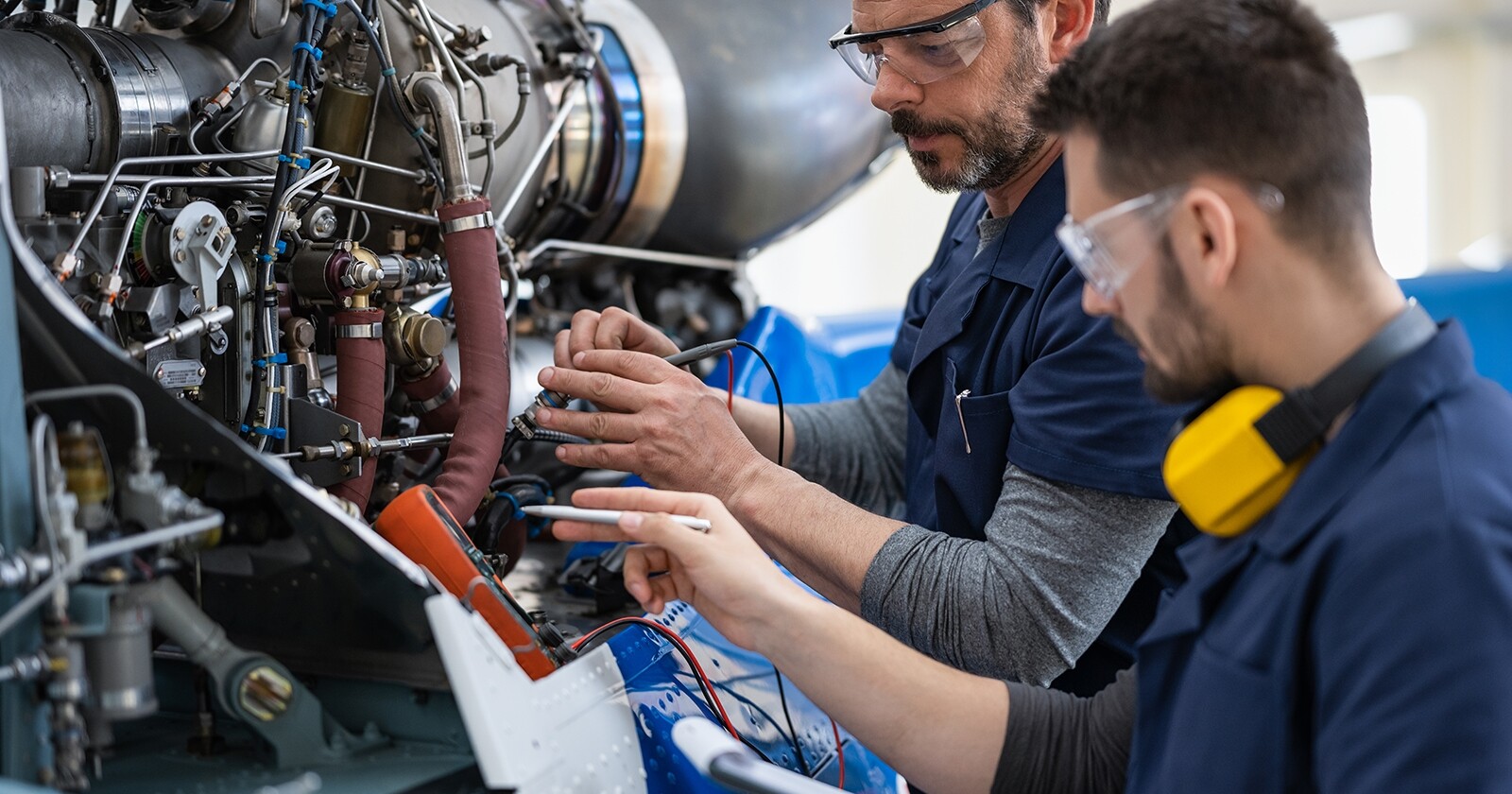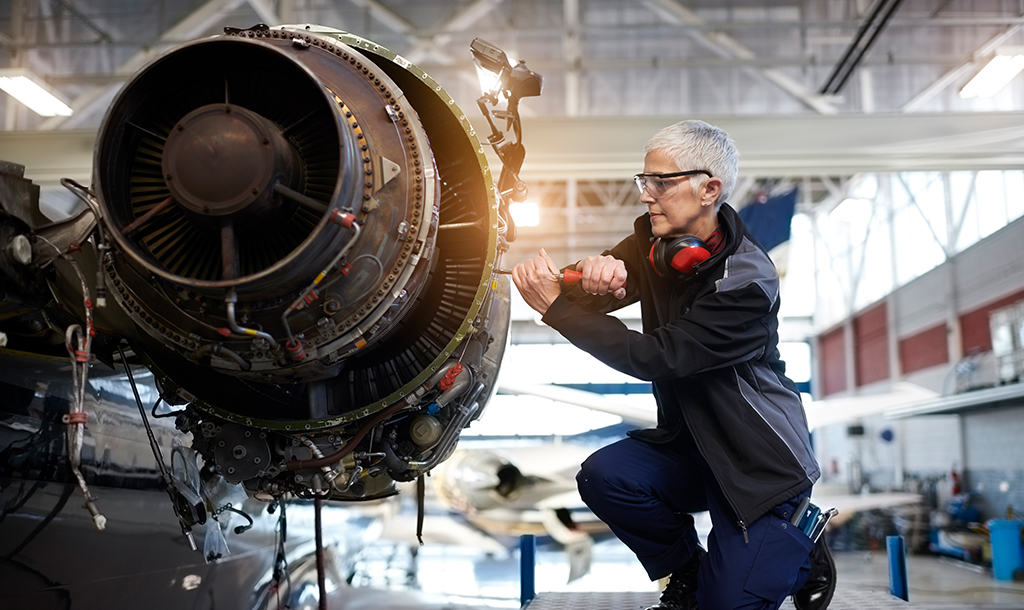Have you ever wondered what makes an engine truly sing, delivering that perfect blend of power and responsiveness? It's a fascinating area, really. So, too, many people think of engines as just big metal boxes, but there's a lot of precise work that goes into making them perform their best. This is where a very specific kind of expert comes into play, someone who truly understands the heartbeat of an engine.
We often hear about engine builders or mechanics, but there are roles that dig much deeper into the very core of how an engine operates. One such specialized position, perhaps less commonly known outside of dedicated automotive circles, centers around a critical engine characteristic. It shapes how your vehicle feels on the road, whether it's a smooth cruiser or a powerful beast.
Today, we're going to explore what exactly an LSA engineer does. This role, while it might sound technical, is actually quite vital for anyone who cares about how an engine puts down its force. It's about making sure an engine delivers its best, in just the right way. We will look at what LSA means, how it influences engine behavior, and why someone focusing on it is so important, you know, for engine health and output.
Table of Contents
- Understanding LSA: The Core Concept
- How LSA Shapes Engine Character
- The Role of an LSA Engineer
- Why LSA Expertise Matters
- Frequently Asked Questions About LSA
- What to Consider When Thinking About LSA
Understanding LSA: The Core Concept
When we talk about LSA in engines, we're referring to the Lobe Separation Angle. This is a measurement that relates to the camshaft, a vital component inside your engine. The camshaft, you see, controls when the engine's valves open and close. This timing is incredibly important for how the engine breathes and performs, you know, just like a person's breathing affects their activity.
The LSA, or Lobe Separation Angle, is the angle in degrees between the centerline of the intake lobe and the centerline of the exhaust lobe on a camshaft. It’s a fixed value for any particular cam grind. This angle, you might say, is one of the main ingredients in a camshaft's recipe. It really defines a lot about the engine's output.
Different LSA values lead to different engine behaviors. It's a bit like choosing a specific tool for a specific job. A narrow LSA, for instance, might be great for one kind of driving, while a wider LSA suits another. This measurement, therefore, is pretty central to engine design. It's something engine builders pay very close attention to, as a matter of fact.
How LSA Shapes Engine Character
The LSA plays a very significant part in how an engine behaves. It affects everything from how much power it makes to where in the RPM range that power comes on. It also influences how smooth or "rowdy" an engine feels. Understanding these effects is key to building an engine that performs just as you want it to, you know, for your specific needs.
Narrower LSA for Focused Power
A narrow LSA, like a 108° angle, tends to make more peak power. However, this power comes on in a narrower RPM range. So, if you're building an engine for racing where you spend most of your time at high RPMs, a narrow LSA might be a good choice. It concentrates the engine's efforts into a smaller window, which can be very effective, you know, for those specific uses.
Think of it like a very focused beam of light. It's bright, but only in one spot. This means the engine might feel a bit less flexible for everyday driving. You really have to keep the RPMs up to feel that extra push. It's a trade-off, really, between maximum output and everyday usability.
Wider LSA for Broad Performance
On the other hand, a wider LSA, which is a higher number, makes power across a wider RPM range. This kind of LSA is often chosen for street engines or vehicles that need good performance at various speeds. It makes the engine feel more flexible and easier to drive, since power is available over a larger operating window. For example, a cam with a 115.5 LSA, as seen in some older Pontiac engines, tends to mellow out a larger cam. This makes it more suitable for a variety of driving situations, you know, for daily use.
A wider LSA spreads the power out, making the engine feel more responsive at different RPMs. It's a bit like a floodlight, illuminating a broader area. This can make for a more pleasant driving experience, especially in traffic or when cruising. It's about versatility, more or less.
LSA and Torque Delivery
LSA also determines where in the RPM range maximum torque is produced. Torque, remember, is that twisting force that gets your car moving. A properly chosen LSA can help an engine deliver its best pulling power right where you need it most. This is really important for how a vehicle feels when accelerating, you know, from a stop or when passing.
For instance, a cam like the Summit 2801, which many people run, has a specific LSA chosen for its torque characteristics. Or, a 60243 cam with a 112 LSA, if you're willing to swap out your converter, would be more "rowdy" and deliver its torque in a different way. It's all about matching the LSA to the desired engine feel and purpose, you know, for the best outcome.
The Detonation Factor
Something else to consider with LSA is the risk of detonation. A tighter LSA, such as the 108°, is more prone to detonation. Detonation is when the air-fuel mixture ignites prematurely, which can cause engine damage. So, while a narrow LSA might offer more peak power, it also brings a higher risk. This is why careful engine tuning and component selection are so important, you know, for engine safety.
For example, using 66cc heads instead of 74cc Kaufman heads might reduce some safety margin with a tighter LSA. This shows how all engine components work together. It's not just about one part; it's about the whole system. An expert needs to consider all these factors, you know, for a balanced design.
The Role of an LSA Engineer
So, what exactly does an LSA engineer do? Based on what we've seen, an LSA engineer is someone who specializes in the design, selection, and tuning of engine camshafts, with a particular focus on the Lobe Separation Angle. They understand how different LSA values affect engine performance characteristics. This could involve working on new engine designs or modifying existing ones, you know, for better output.
These professionals use their deep knowledge of engine dynamics to choose the ideal LSA for a given application. Whether it's for a high-performance racing engine or a smooth daily driver, they pick the cam profile that delivers the desired power band and torque curve. They might work with various cam grinds, like the 068 cam on a 116 LSA, or consider options like the Crower 60919. It's about precision and prediction, really.
Their work involves a lot of analysis and testing. They might use specialized software to model how a particular LSA will perform. Then, they test it on an actual engine, making adjustments to get things just right. It's a blend of theory and practical application. They ensure the engine not only performs well but also runs reliably, you know, without issues like detonation.
They also consider other cam characteristics, such as lobe centerline (LC), which works with LSA to define the cam's overall profile. The LSA is often the biggest concern, but it's part of a larger picture. For example, a 462 engine with a moderate cam (236/242 at .050” 12 deg LSA) and a TH400 transmission shows how different parts of an engine setup are chosen to work together. It's a pretty detailed field, you know, very specialized.
Why LSA Expertise Matters
The expertise of an LSA engineer is incredibly valuable because the Lobe Separation Angle has such a profound impact on an engine's behavior. A poorly chosen LSA can lead to a sluggish engine, poor fuel economy, or even engine damage. A well-chosen LSA, however, can transform an engine, making it responsive, powerful, and efficient. This is why their work is so important, you know, for engine optimization.
They help car manufacturers design engines that meet specific performance targets and emissions standards. For aftermarket companies, they help develop camshafts that allow enthusiasts to customize their engines for unique purposes. It's about getting the most out of every combustion cycle. They really make a difference in how an engine feels and performs, you know, for the driver.
Their work contributes to the overall driving experience. Whether you're looking for a car that's easy to drive in town or one that excels on the track, the LSA engineer plays a part in making that happen. They're the ones who fine-tune the engine's breathing, ensuring it performs exactly as intended. This specialization is quite important, you know, for modern engine design.
To learn more about engine components and how they work, you can explore resources like this detailed article on camshafts. Understanding the basics helps appreciate the specialized knowledge an LSA engineer brings. It really puts their role into perspective, you know, for the bigger picture of engine performance.
Frequently Asked Questions About LSA
What does LSA stand for in engines?
LSA stands for Lobe Separation Angle. It's a measurement on an engine's camshaft. This angle indicates the relationship between the intake and exhaust valve lobes. It really helps define how the engine takes in air and pushes out exhaust, you know, for its breathing.
How does LSA affect engine performance?
LSA greatly affects an engine's power delivery and torque curve. A narrow LSA typically produces more peak power but in a smaller RPM range. A wider LSA spreads power across a broader RPM range. It also influences where maximum torque is made and can affect the risk of engine detonation, you know, for its health.
Is an LSA engineer a common job?
The term "LSA engineer" describes a highly specialized role within automotive engineering, focusing specifically on camshaft design and its Lobe Separation Angle. While not as common as a general mechanical engineer, this expertise is vital in engine development and performance tuning. It's a niche, but very important, position, you know, for specialized engine work.
What to Consider When Thinking About LSA
Understanding LSA is a bit like understanding the nuances of a chef's recipe. Each ingredient plays a part, and the LSA is a very important one for engine performance. It determines how an engine breathes and, therefore, how it performs. This makes the role of someone who specializes in LSA quite important, you know, for getting the most out of an engine.
Whether you're interested in building a high-performance engine or just curious about what makes cars tick, knowing about LSA helps. It highlights the incredible detail that goes into engine design. It's a testament to how much precision is needed to make a vehicle run just right, you know, for its purpose.
So, the next time you hear about camshafts or engine tuning, remember the Lobe Separation Angle. It's a silent but powerful force shaping your engine's character. If you want to learn more about engine performance and how different components work together, you can explore more about engine tuning on our site, and also find detailed information on camshaft specifications on this page. It's a truly fascinating area, you know, for anyone who loves cars.



